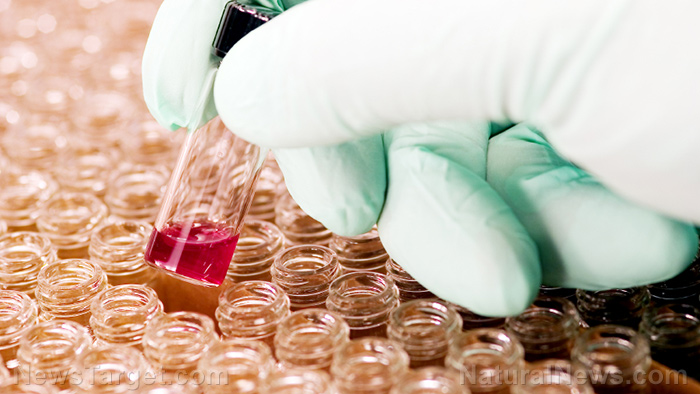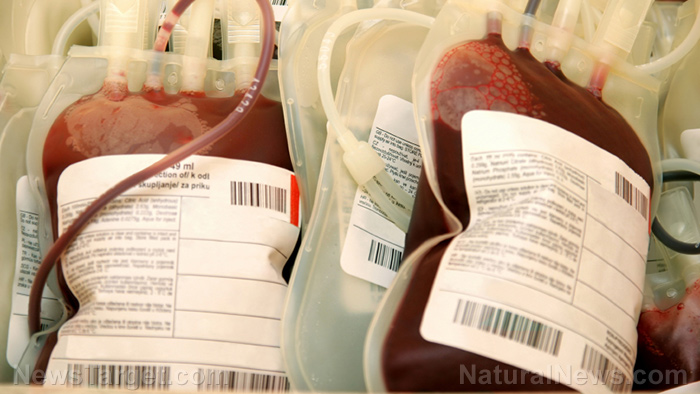
The man, who was arrested in Bucks County with the vial last year, said it contained human blood and fentanyl, a painkiller that is similar to morphine but as much as 100 times stronger. However, it appears that he was either misinformed or being untruthful. A lab analysis also showed that it contained methamphetamine, amphetamine, codeine, morphine, MDA, ephedrine, heroin metabolites, and other dangerous drugs – 13 in total, in addition to the blood and fentanyl.
The forensic toxicologist who analyzed the vial said that because many of the drugs in the sample appeared in lower levels than a typical dose would contain and the blood also contained the metabolites that occur after a person’s body breaks these drugs down, they believe the blood came from someone who had recently used these drugs. On the other hand, the levels of methamphetamines were so high that they think it might have been added to the blood after the fact. They suspect that the user either thought that taking the drug in this manner would create a more intense experience, or the person could have simply drawn to the idea of getting high from blood.
"Flashblood" practice also used by addicts in parts of Africa
It’s hardly a new idea, with the New York Times reporting in 2010 that desperate junkies in places like Dar es Salaam, Tanzania, and Mombasa, Kenya, were in the habit of purposely injecting themselves with blood taken from other addicts to either share their high or take the edge off of withdrawal. Some even view it as a way to help others who cannot afford their own drugs. Similar practices have been reported in places like Pakistan. Known as “flashblood,” the practice was labeled by one doctor as the most effective way to give yourself HIV.
In addition to the spread of HIV – which should be enough to deter anyone from sharing needles, much less blood – it could also spread hepatitis and other blood-borne infections. There is also the fact that injecting yourself using blood that does not match your blood type could have serious consequences, including creating deadly blood clots.
Doctors say high from this blood could be placebo effect
Flashblood users typically inject less than a teaspoon of blood, but that is more than enough to spread infections. Perhaps the worst part this appalling practice is the idea that this risk could be for nothing, with doctors saying that it has never been tested whether such a small amount of blood can actually give a person a drug rush in the first place. While some people report passing out just like they would when they are high, some doctors believe it could well be a placebo effect.
It is not known how widespread this dangerous practice is, but the fact that it occurs at all is extremely concerning. Drug addicts can be quite good at coming up with inventive ways to get high, but this latest trend is easily one of the most horrifying from a health standpoint.
Sources include:
Please contact us for more information.























